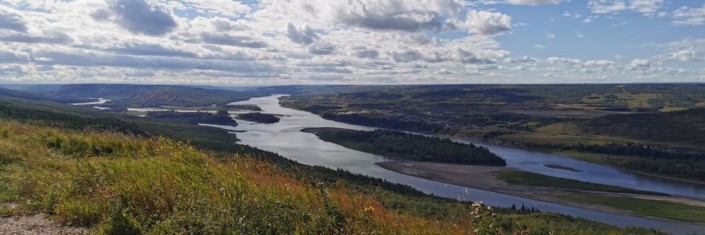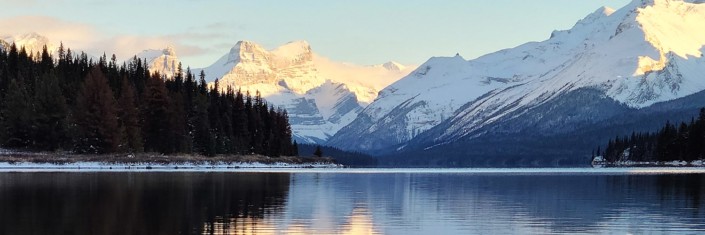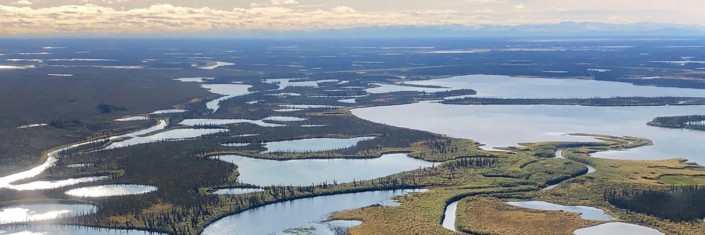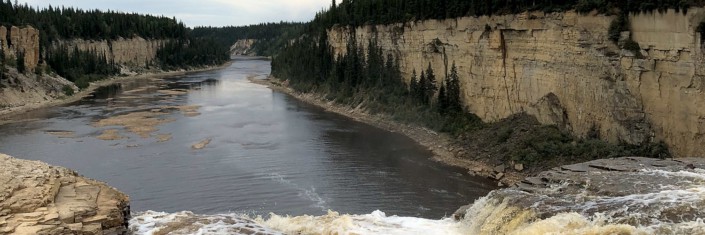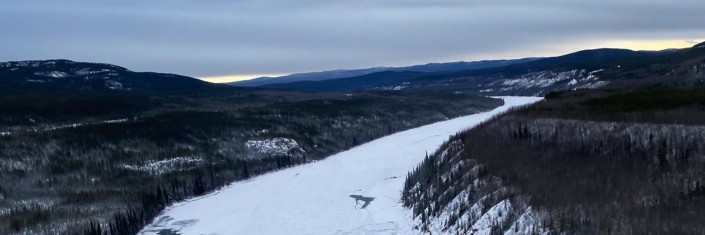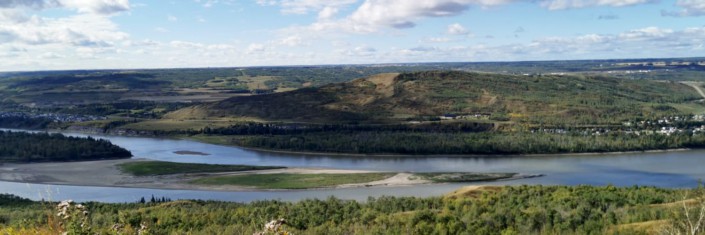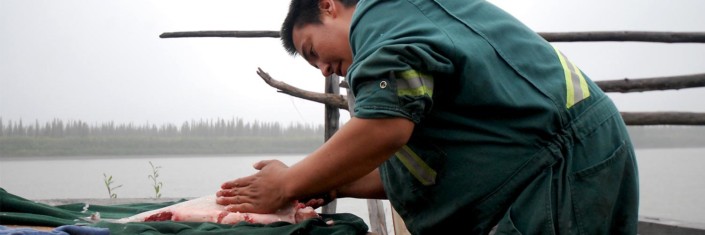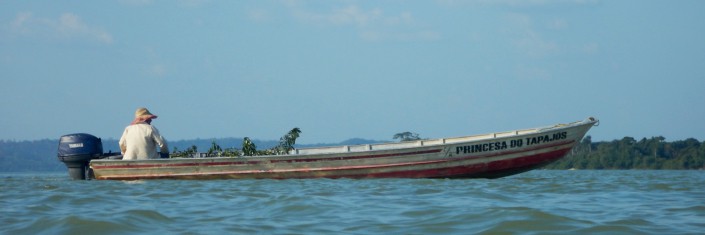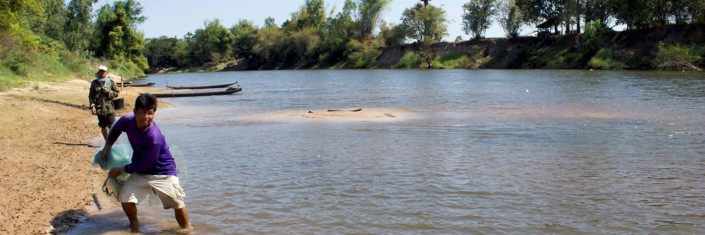ABOUT TRACKING CHANGE
We build and share knowledge about the sustainability of three of the world’s largest freshwater ecosystems: The Mackenzie River Basin, The Mekong River Basin, and The Amazon River Basin.
Contact Information
University of Alberta
Tracking Change Project Office
566 General Services Building
Edmonton, AB Canada
T6G 2H1
